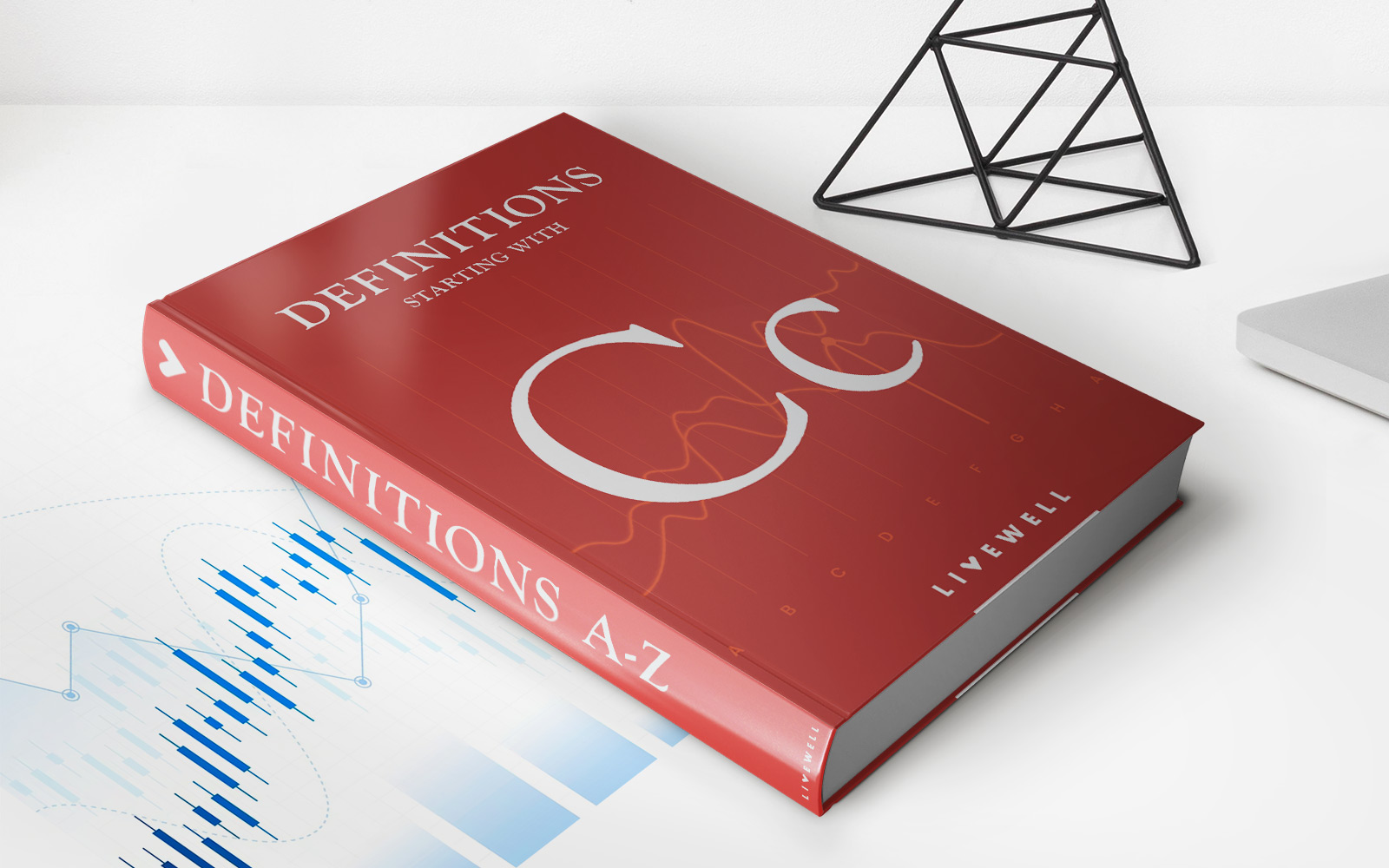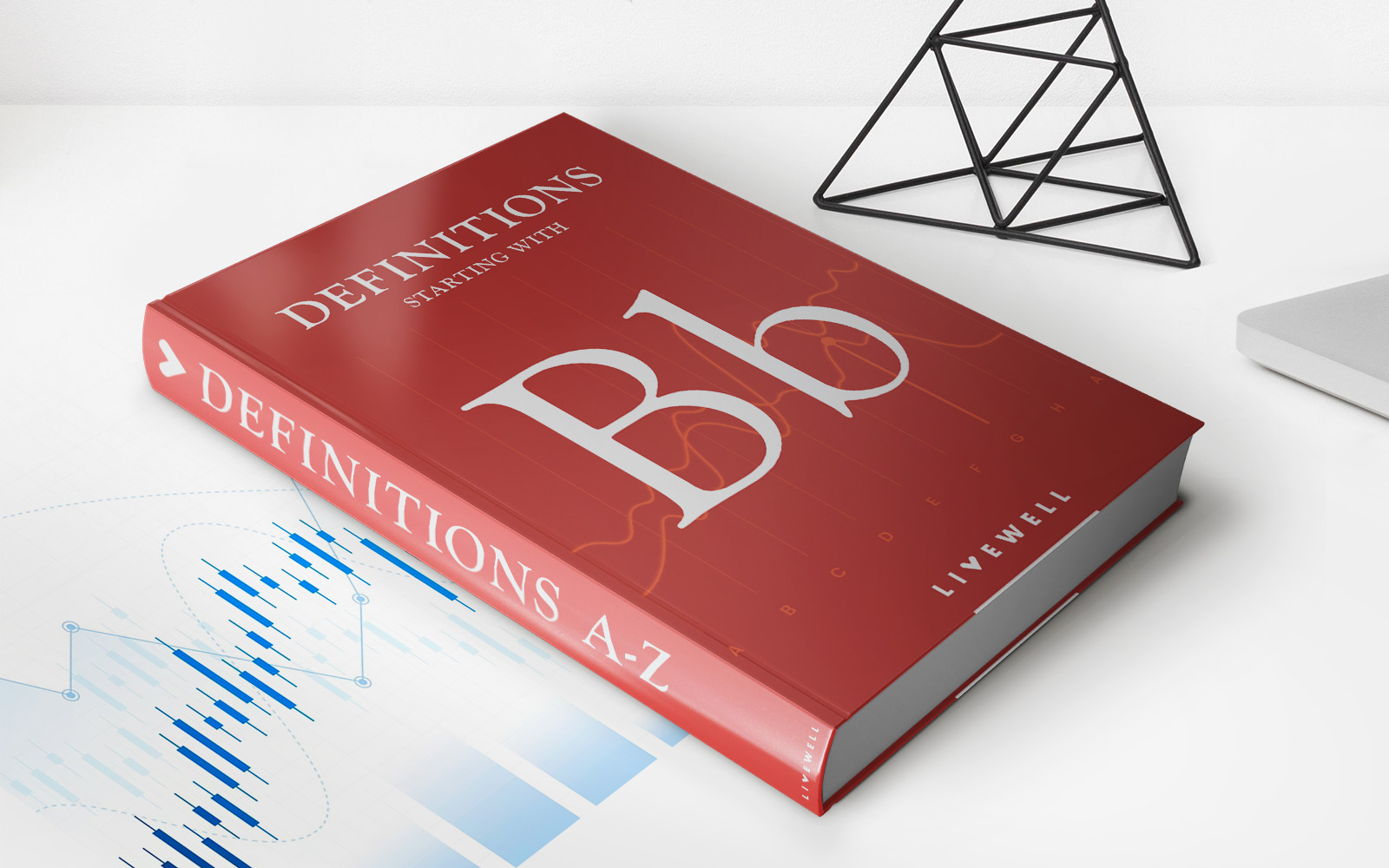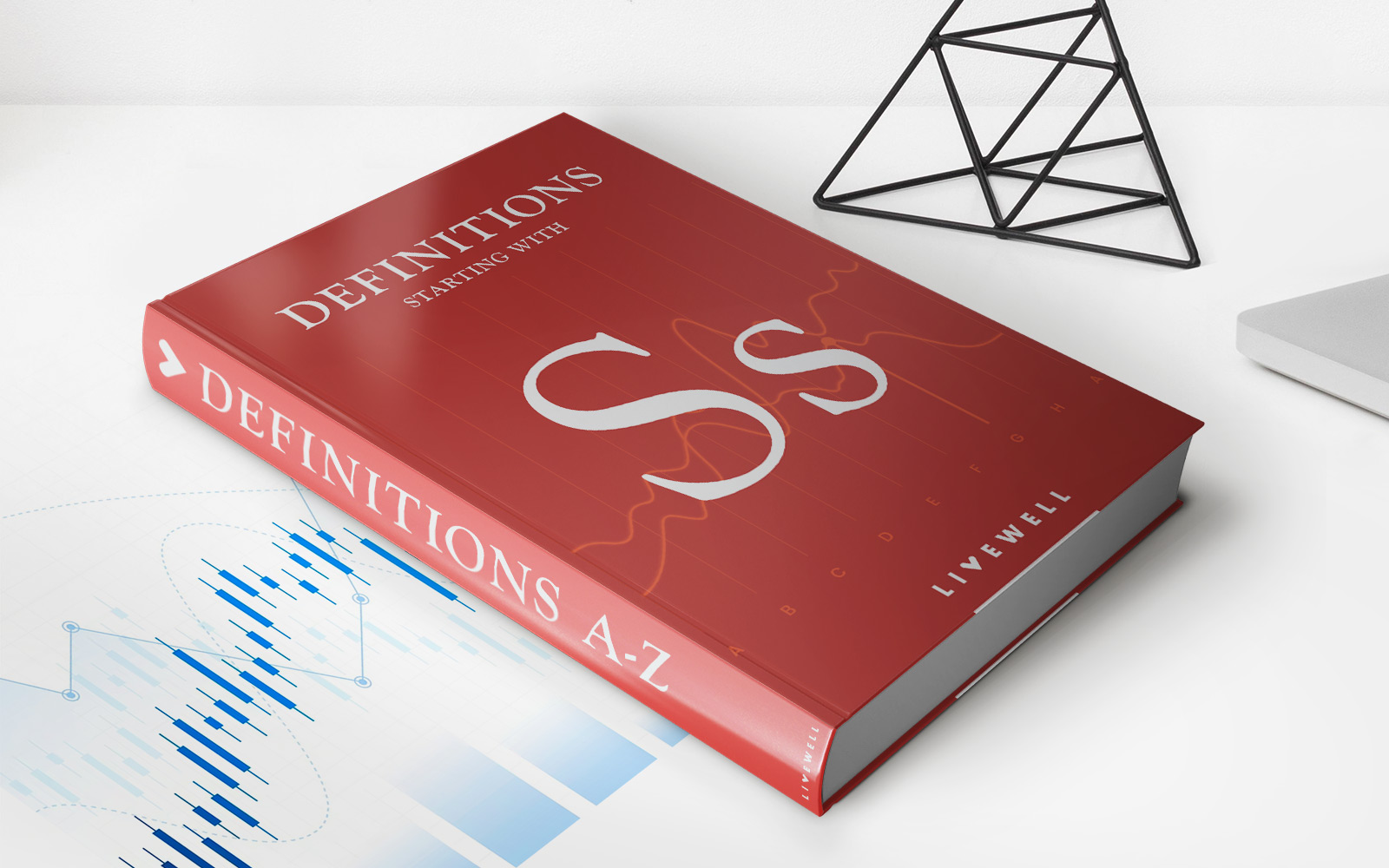

Finance
Why Are Options Contracts Cheap?
Published: February 28, 2024
Explore the reasons behind the affordability of options contracts in finance. Uncover the factors that contribute to their lower cost and potential advantages.
(Many of the links in this article redirect to a specific reviewed product. Your purchase of these products through affiliate links helps to generate commission for LiveWell, at no extra cost. Learn more)
Table of Contents
Introduction
Understanding the Intricacies of Options Contract Pricing
Options contracts have long fascinated investors and traders alike with their unique characteristics and potential for significant returns. These financial instruments provide the holder with the right, but not the obligation, to buy or sell an underlying asset at a predetermined price within a specified time frame. One of the most intriguing aspects of options contracts is the fluctuation in their prices, often leading to the perception of "cheap" or "expensive" options.
In this article, we will delve into the multifaceted world of options contract pricing, unraveling the reasons behind the perceived inexpensiveness of certain options. By comprehensively exploring the factors influencing options contract prices, we aim to provide a clearer understanding of why options contracts are sometimes deemed "cheap."
Options contracts play a pivotal role in the financial markets, offering strategic alternatives for hedging, speculation, and income generation. Whether it's call options, which grant the right to buy an asset, or put options, which bestow the right to sell, these derivatives can be both alluring and perplexing to market participants. As we embark on this exploration, we will demystify the dynamics that contribute to the pricing of options contracts, shedding light on their perceived affordability.
Join us as we navigate through the intricate web of options contract pricing, uncovering the underlying mechanisms that shape their market value. Through this journey, we aim to equip readers with a deeper comprehension of why options contracts may appear "cheap" in certain scenarios, empowering them to make informed decisions in the realm of options trading and investment.
Understanding Options Contracts
Before delving into the factors influencing options contract prices, it is essential to grasp the fundamental nature of these financial instruments. Options contracts are derivative securities that bestow the holder with the right, but not the obligation, to buy or sell an underlying asset at a specified price (known as the strike price) within a predetermined time frame. This flexibility to buy or sell an asset at a predetermined price, without the obligation to do so, is what distinguishes options from other financial instruments.
Options contracts are categorized into two primary types: call options and put options. Call options provide the holder with the right to purchase the underlying asset at the strike price, while put options grant the holder the right to sell the underlying asset at the strike price. These contracts can be further classified based on their expiration date, with the two main categories being American options (which can be exercised at any time before expiration) and European options (which can only be exercised at expiration).
One of the key determinants of options pricing is the relationship between the strike price and the current market price of the underlying asset. For call options, if the market price of the underlying asset exceeds the strike price, the option is considered "in the money," whereas for put options, the option is "in the money" when the market price is below the strike price. Understanding these dynamics is crucial in evaluating the potential profitability of options contracts.
Options contracts also play a vital role in managing risk and enhancing flexibility within investment portfolios. They offer strategic opportunities for investors to hedge against adverse price movements, speculate on market trends, and generate income through various trading strategies. The intricate interplay between options pricing and market dynamics underscores the importance of comprehending the nuances of these derivative instruments.
As we navigate the realm of options contract pricing, it is imperative to appreciate the diverse applications and strategic implications of these financial instruments. By gaining a deeper understanding of options contracts, investors and traders can harness their potential to optimize investment strategies and navigate the complexities of the financial markets with greater confidence.
Factors Affecting Options Contract Prices
Options contract prices are influenced by a myriad of factors, each contributing to the intricate dynamics of their valuation. Understanding these determinants is crucial for investors and traders seeking to navigate the complexities of options pricing and make informed decisions. Let’s explore the key factors that exert a significant impact on the prices of options contracts:
- Underlying Asset Price: The market price of the underlying asset plays a pivotal role in determining the value of options contracts. For call options, as the price of the underlying asset rises, the option becomes more valuable, leading to an increase in its price. Conversely, for put options, a higher underlying asset price diminishes the option’s value, resulting in a decrease in its price.
- Strike Price: The relationship between the strike price of an option and the current market price of the underlying asset is a critical factor. The disparity between the two influences the intrinsic value of the option, thereby impacting its market price.
- Time to Expiration: The remaining time until the option’s expiration is a significant determinant of its price. Options with a longer time to expiration tend to command higher prices due to the extended potential for the underlying asset’s price to fluctuate in a favorable direction.
- Volatility of the Underlying Asset: The volatility of the underlying asset’s price movements directly affects options prices. Higher volatility generally leads to increased option prices, as greater price fluctuations enhance the potential for the option to become profitable.
- Interest Rates: The prevailing interest rates impact options pricing, particularly for European call and put options. Changes in interest rates can influence the present value of future cash flows associated with options, thus affecting their market prices.
- Dividends: For options on stocks, the payment of dividends can impact their prices. Generally, when a stock goes ex-dividend, the stock price drops by the amount of the dividend, potentially affecting the value of options on that stock.
These factors collectively contribute to the complex and dynamic nature of options contract pricing, reflecting the interplay of market forces, time, and intrinsic and extrinsic values. By comprehending the intricate relationship between these determinants and options prices, investors and traders can navigate the derivatives market with a deeper understanding of the forces at play.
Market Dynamics and Options Pricing
The pricing of options contracts is intricately intertwined with the broader dynamics of the financial markets, reflecting the interplay of supply and demand, market sentiment, and the prevailing economic landscape. Understanding the market dynamics that influence options pricing is essential for market participants aiming to navigate the derivatives market effectively. Let’s explore the key market dynamics that impact options pricing:
- Supply and Demand: The fundamental forces of supply and demand play a pivotal role in determining options prices. When there is a high demand for options contracts, their prices tend to increase, reflecting the market’s perception of potential future price movements and volatility.
- Market Sentiment and Expectations: The prevailing sentiment and expectations within the financial markets can significantly influence options pricing. Bullish or bearish market sentiments can impact the demand for call or put options, thereby affecting their respective prices.
- Economic Indicators and Events: Key economic indicators, such as employment data, GDP growth, and inflation rates, can trigger market movements that reverberate through options pricing. Additionally, geopolitical events and central bank announcements can introduce volatility and uncertainty, impacting options prices.
- Technological Advancements and Trading Algorithms: The evolution of trading technologies and the prevalence of algorithmic trading have introduced new dynamics to options pricing. High-frequency trading and algorithmic strategies can influence short-term price movements and market liquidity, shaping options prices in the process.
- Regulatory Changes and Market Structure: Shifts in regulatory frameworks and market structure can impact options pricing dynamics. Changes in margin requirements, trading rules, and market transparency can influence the efficiency and liquidity of options markets, thereby affecting pricing mechanisms.
By comprehensively understanding the market dynamics that underpin options pricing, investors and traders can gain valuable insights into the forces shaping the derivatives market. This deeper comprehension enables market participants to make informed decisions, implement effective risk management strategies, and capitalize on opportunities within the dynamic landscape of options trading.
Conclusion
Options contract pricing embodies a complex interplay of financial, economic, and market dynamics, reflecting the multifaceted nature of the derivatives market. Through our exploration of the factors influencing options pricing and the market dynamics that shape their valuations, we have unveiled the intricate mechanisms that contribute to the perceived inexpensiveness of certain options contracts.
By comprehending the fundamental aspects of options contracts, including their flexibility, strategic applications, and risk management implications, investors and traders can navigate the derivatives market with enhanced confidence and acumen. The nuanced relationship between the underlying asset price, time to expiration, volatility, and other determinants underscores the dynamic nature of options pricing, presenting both challenges and opportunities for market participants.
As market dynamics continue to evolve, propelled by technological advancements, regulatory changes, and shifting economic landscapes, the pricing of options contracts remains subject to ongoing transformation. This necessitates a continual pursuit of knowledge and a keen awareness of the factors influencing options pricing, empowering market participants to adapt to changing market conditions and capitalize on emerging opportunities.
Ultimately, a comprehensive understanding of options contract pricing is instrumental in formulating informed investment strategies, managing risk exposure, and harnessing the potential for strategic portfolio optimization. By unraveling the intricacies of options pricing, market participants can leverage these derivative instruments to navigate market volatility, speculate on price movements, and strategically position their portfolios for long-term success.
As we conclude our exploration, it becomes evident that the perceived "cheapness" of options contracts is a nuanced reflection of their intrinsic and extrinsic values, market dynamics, and the broader economic environment. Armed with this knowledge, investors and traders can embark on their options trading journey with a deeper understanding of the forces at play, empowering them to make informed decisions and seize opportunities within the dynamic landscape of options trading and investment.














